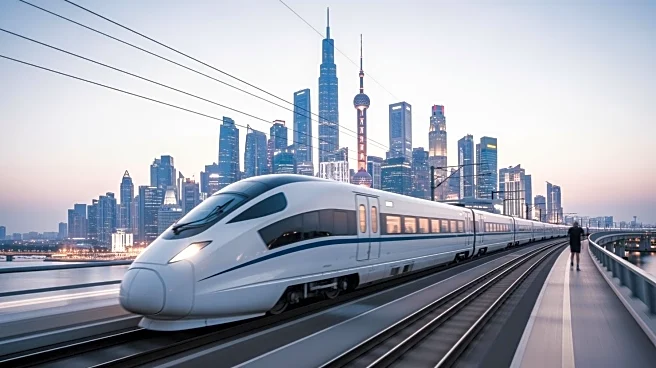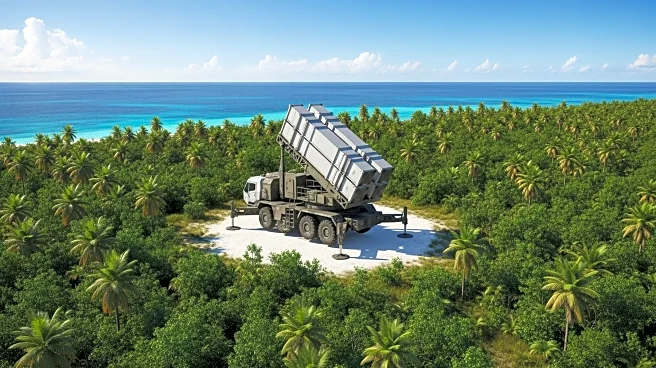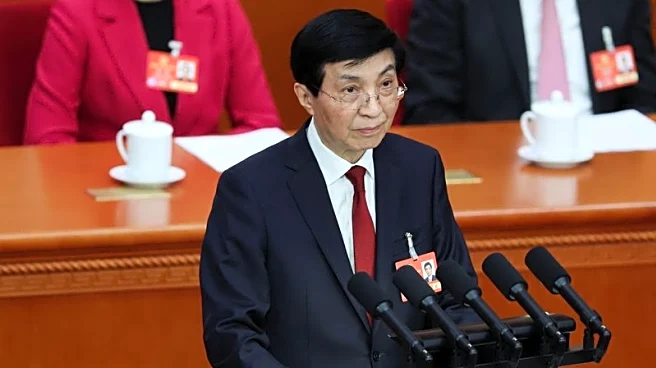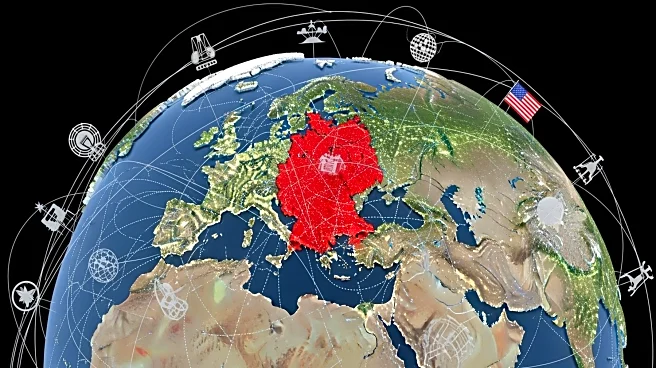What's Happening?
The study explores the influence of high-speed rail (HSR) on tourism interaction and the structural evolution of cities in China. It highlights how HSR has reshaped tourism dynamics by reducing travel
time between cities, thereby increasing tourism interaction strength (TSI) and altering tourism spatial structure (TSS). The research identifies significant changes in tourism connectivity, with cities like Beijing and Shanghai initially serving as hubs, but newer cities such as Wuhan and Chongqing emerging as central nodes due to HSR expansion. The study also notes the impact of specific events and negative incidents on tourism attractiveness, illustrating how HSR development has facilitated a multi-core tourism network across various regions.
Why It's Important?
The findings underscore the transformative role of HSR in enhancing tourism connectivity and economic development. By reducing travel time, HSR has increased the flow of tourists and resources, benefiting cities with improved infrastructure. This has implications for urban planning and economic strategies, as cities with HSR access can leverage increased tourism to boost local economies. The shift from single-city hubs to multi-core networks suggests a more balanced regional development, potentially reducing economic disparities. Stakeholders in urban development and tourism can use these insights to optimize infrastructure investments and tourism strategies.
What's Next?
The continued expansion of HSR networks is likely to further enhance intercity connectivity, potentially leading to more cities emerging as tourism hubs. Urban planners and policymakers may focus on integrating HSR development with tourism strategies to maximize economic benefits. As HSR lines expand, cities previously on the periphery may gain prominence, altering regional tourism dynamics. Monitoring the impact of HSR on tourism and city structures will be crucial for future infrastructure planning and economic policy formulation.
Beyond the Headlines
The study highlights the broader implications of HSR on urban and regional development, suggesting a shift towards more equitable growth across different regions. The emergence of new tourism hubs indicates a decentralization of economic activity, which could lead to more sustainable urban development. Additionally, the role of HSR in mitigating transportation costs and enhancing accessibility may influence future urbanization patterns and regional economic policies.













